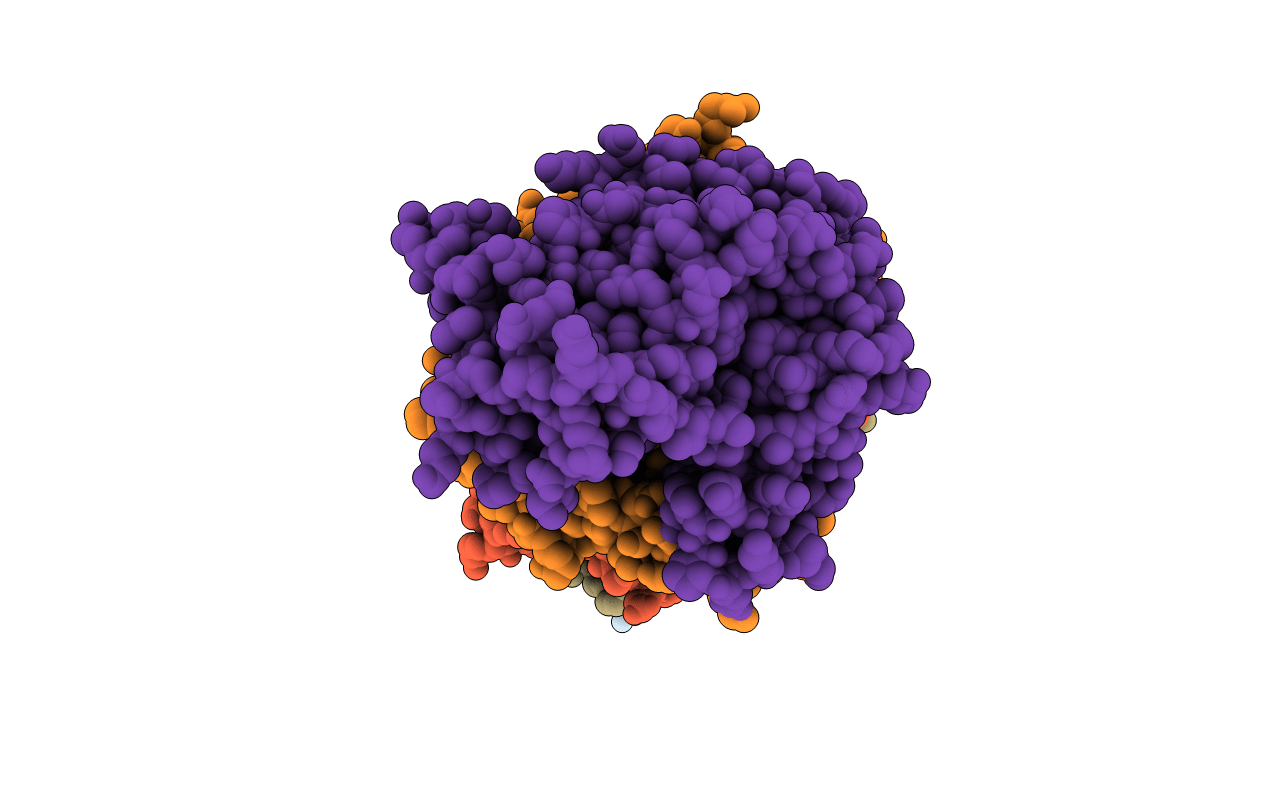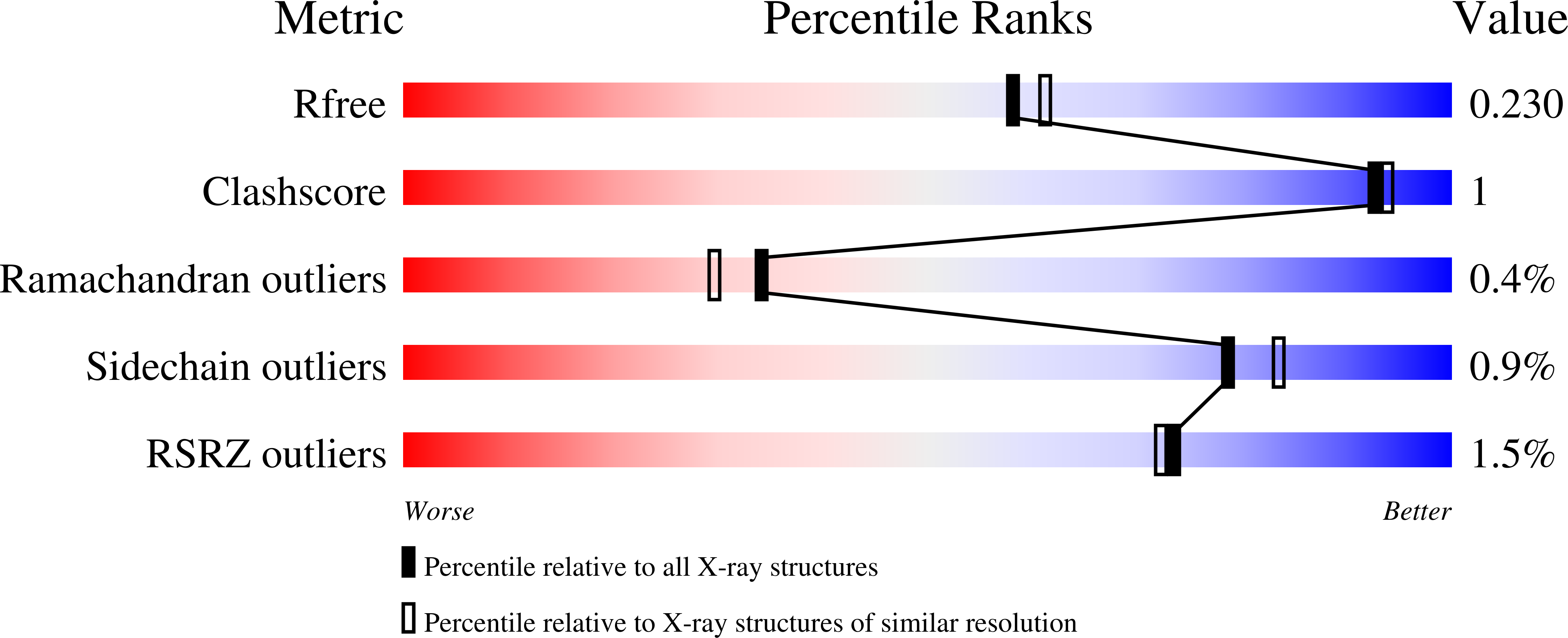
Deposition Date
2021-01-28
Release Date
2021-05-12
Last Version Date
2024-01-31
Entry Detail
Biological Source:
Source Organism:
Aspergillus fumigatus A1163 (Taxon ID: 451804)
Host Organism:
Method Details:
Experimental Method:
Resolution:
2.00 Å
R-Value Free:
0.22
R-Value Work:
0.19
R-Value Observed:
0.19
Space Group:
P 21 21 21


